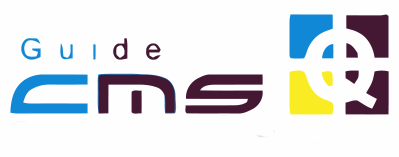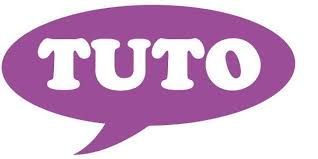
TYPO3: A Powerful and Flexible CMS
TYPO3 is an open-source content management system (CMS) designed for enterprises, institutions, and large-scale websites. It is known for its flexibility, modularity, and advanced content management capabilities.
📅 Release Date
TYPO3 was initially released in 1998 by Kasper Skårhøj. Since then, it has undergone numerous updates and improvements.
📜 License
TYPO3 is distributed under the GNU General Public License (GPL) v2, meaning it is free and open-source. You can use, modify, and redistribute it without any cost.
💻 Programming Language
This CMS is developed in PHP and integrates several components from the Symfony framework.
🏗️ Architecture
TYPO3 is built on a modular and extensible architecture:
- MVC model via Extbase, inspired by Symfony.
- Fluid template engine, allowing a clear separation between content and presentation.
- TypoScript, a dedicated configuration language for advanced site customization.
- Customizable extensions via the TYPO3 Extension Repository (TER).
TYPO3 uses an advanced caching system and efficient resource management to ensure optimal performance.
🗄️ Database Support
TYPO3 supports multiple relational databases via Doctrine DBAL:
- MySQL / MariaDB
- PostgreSQL
- SQLite
This flexibility allows TYPO3 to adapt to different infrastructures and technical requirements.
🌟 Key Features
✅ Native multilingual support: Manage multiple languages without additional extensions.
✅ Multi-site management: Host multiple websites on a single instance.
✅ Advanced user permission system: Fine-grained role and access control for users and editors.
✅ Workspaces and version control: Editorial control with preview before publishing.
✅ High-performance caching engine: Reduces loading times by optimizing content caching.
✅ Compliant with web standards: Accessibility, SEO-friendly, and WCAG compatible.
✅ Advanced file management (FAL - File Abstraction Layer): Organizes and centralizes media and documents.
⚡ Advanced Features
🚀 TYPO3 Workspaces: Editorial workflow management with approval and scheduled publishing.
🚀 Extensibility via PHP extensions: A wide range of extensions available in the TYPO3 Extension Repository (TER).
🚀 Headless CMS mode: REST API and GraphQL support for integration with third-party applications.
🚀 Native Docker support: Simplifies development and deployment.
🚀 Integration with Symfony Components: Modernized and modular codebase.
🔐 Security
TYPO3 is well-known for its strong security:
✔️ Dedicated security team to manage vulnerabilities.
✔️ Two-factor authentication (2FA).
✔️ Protection against XSS, CSRF, and SQL Injection attacks.
✔️ Logging and auditing of changes and user access.
Regular updates ensure optimal protection against cyber threats.
👍 Pros and 👎 Cons
| Pros | Cons |
|---|---|
| 🔹 Free and open-source | ⏳ Steep learning curve |
| 🔹 Highly modular and extensible | ⚙️ Complex initial setup |
| 🔹 Native multilingual and multi-site support | 📚 Documentation can be difficult to navigate |
| 🔹 Strong security | 🚀 Less popular than WordPress or Drupal |
| 🔹 Advanced editorial workflows | 🎨 Fewer free themes and plugins |
🔗 Official Website
TYPO3 is a powerful and secure CMS, ideal for large enterprises and institutions with advanced content management needs. However, it requires technical expertise to unlock its full potential.



